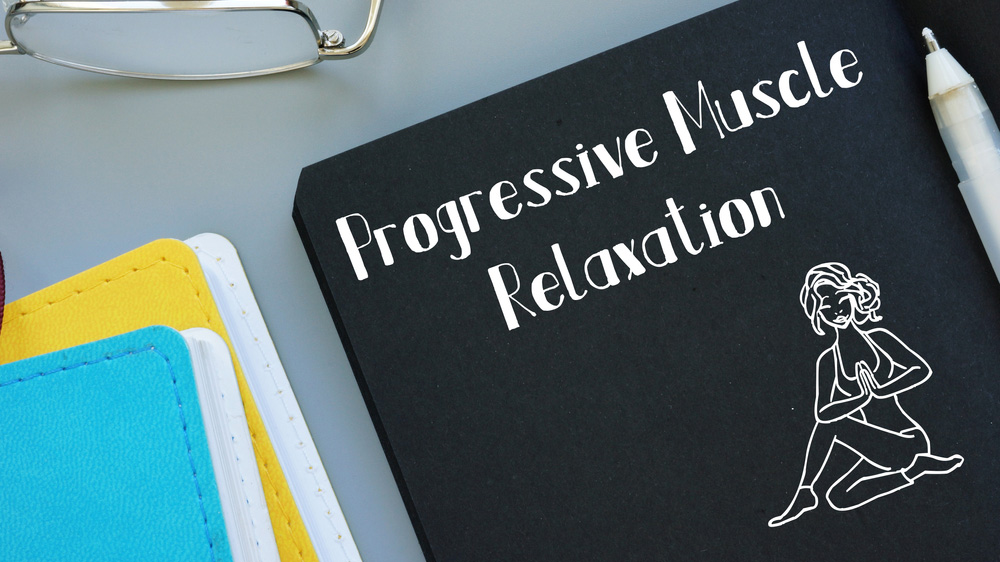Imagine this: an oasis of calm in the middle of your day. No need for a plane ticket or a mystical retreat in the mountains! Progressive relaxation is an accessible technique, an art that blends science and well-being. Simple yet effective, it invites us to soothe both body and mind—perfect for outsmarting stress. In this article, we’ll explore this method, how it works, and its benefits, all with a touch of lightness. You’ll never see relaxation the same way again!
What Is Progressive Relaxation?
Progressive relaxation, or progressive muscle relaxation, was developed by Dr. Edmund Jacobson in the 1920s. The concept is surprisingly simple: by alternating tension and release of different muscle groups, we establish a deep connection between body and mind. This technique is based on the idea that relaxing the muscles helps calm the mind—because a relaxed body is the foundation of mental serenity.
The exercises are typically performed while seated or lying down in a peaceful environment. You start by tensing a muscle group (for example, your hands) for 5 to 10 seconds, then gradually releasing the tension while noticing the sensation of relaxation. This practice is repeated for each area of the body, from the toes to the top of the head. Sounds easy? Not so fast—you also need to master the art of slow, deep breathing to maximize the benefits.
The Scientific Benefits of Progressive Relaxation
What sets progressive relaxation apart from other approaches is its strong foundation in scientific research. Here are some key benefits:
- Stress Reduction: A study published in the Journal of Clinical Psychology found that this method can significantly lower cortisol levels, the stress hormone.
- Improved Sleep: Progressive relaxation promotes faster sleep onset and better sleep quality by eliminating accumulated physical tension.
- Pain Relief: Whether for back pain, migraines, or chronic pain, muscle relaxation helps reduce associated tension.
- Emotional Regulation: It aids in managing anxiety and intense emotions, according to a study from Harvard University.
- Immune System Support: Less stress also means a stronger immune system, as research from the University of California suggests.
A Method for Any Situation
Stress doesn’t give warnings—it can strike during a tense meeting, a family argument, or while waiting in a crowded room. The good news? Progressive relaxation can be adapted to almost any situation. In just a few minutes, it helps restore balance.
For example, during a busy day, a simple shoulder and neck relaxation exercise can ease tension. As for insomnia, a full session in bed can work wonders. What makes this technique even more appealing is that it requires no special equipment or environment. A true all-purpose tool for well-being!
Integrating Progressive Relaxation into Your Daily Routine
Now that you’re convinced of its benefits, the question is: how do you incorporate progressive relaxation into your life? Here are some tips to turn this practice into a habit:
- Start small: A 5-to-10-minute session is enough for beginners. Gradually increase the duration based on your needs.
- Choose the right time: In the morning for a great start to the day, or at night for better sleep? It’s up to you!
- Create a relaxing atmosphere: A quiet room, dim lighting, and soft music can enhance the effect.
- Combine it with other techniques: Meditation, mindfulness, or yoga can complement progressive relaxation beautifully.
- Be patient with yourself: The first attempts might feel awkward, but the key is to persist without self-judgment.
Beyond Relaxation: A Key to a Fulfilling Life
Progressive relaxation is not just a method for temporary stress relief—it’s a tool to improve your overall quality of life. With regular practice, you’ll learn to better understand your body, recognize stress signals before they become overwhelming, and cultivate lasting calm. It’s like tending a garden: the more you care for it, the more it flourishes.
So, are you ready to embark on this zen adventure? Take a deep breath, relax your shoulders, and let yourself be guided. Relaxation isn’t a luxury—it’s a right to be enjoyed without moderation!
Sources:
- Jacobson, E. (1938). Progressive Relaxation. University of Chicago Press.
- McCallie, M. S., Blum, C. M., & Hood, C. J. (2006). Progressive muscle relaxation therapy for anxiety. Journal of Clinical Psychology.
- Conrad, A., & Roth, W. T. (2007). Muscle relaxation therapy for anxiety disorders: It works but how? Behaviour Research and Therapy.
- Dolbier, C. L., & Rush, T. E. (2012). Efficacy of progressive muscle relaxation training in reducing stress and improving sleep quality. Stress and Health.
- Bernstein, D. A., et al. (2000). New directions in progressive relaxation training. Journal of Behavioral Medicine.


